Retro Replay Review
Gameplay
Densetsu no Starfy 2 builds upon the well-established platforming roots of its predecessor, delivering a gameplay experience that is both accessible and challenging. Players assume the role of Stafy, the plucky starfish prince, who must swim, run, jump, and glide his way through a variety of colorful stages. Vertical shafts filled with currents and horizontal corridors dotted with enemies give each level a distinct rhythm, keeping the action fresh from start to finish.
One of the game’s most compelling features is the way it integrates water physics into classic platforming. While swimming, Stafy moves fluidly and can chain together spins to attack foes, but once he returns to land, he gains the ability to glide with a gentle flutter of his arms. This dual-movement system rewards players who master the transition, allowing for creative shortcuts and hidden pathways. It also provides a nice pacing balance—underwater sections emphasize exploration, whereas land segments focus on timing and precision.
Level objectives are straightforward yet cleverly designed: find the treasure chest and claim your prize. However, reaching that chest often requires completing side-quests for various NPCs populating each stage. Whether it’s destroying a certain number of crab enemies or retrieving lost items, these tasks encourage thorough exploration. Once tasks are completed and the path forward is unlocked, players can face off against a boss with a simple but satisfying combat system—land five hits before Stafy loses his hit points.
Replayability is another strong suit. Each world contains hidden 1-Up mushrooms and optional mini-games, such as digging for buried coins or racing against time. Completing these side activities not only adds to the challenge but also rewards completionists with playful badges and bonuses. The well-paced checkpoint system ensures that retrying a tricky segment remains frustration-free, making Densetsu no Starfy 2 ideal for both casual gamers and completionists alike.
Graphics
Technically optimized for the Game Boy Advance, Densetsu no Starfy 2’s graphics are vibrant and polished. The game leverages the GBA’s color palette to produce bright, candy-colored backgrounds and characters that pop off the screen. Each world—from serene coral reefs to darkened shipwrecks—uses distinct color schemes that give it a unique visual identity.
Character sprites are exceptionally well-animated for a handheld title of its era. Stafy’s expressive eyes and fluid swimming animations bring a surprising level of charm to a two-dimensional platformer. Enemies are equally well-designed, each featuring exaggerated movements that telegraph their attack patterns, aiding players in learning and memorizing level threats.
Background elements, such as swaying seaweed and drifting bubbles, add depth to each stage without overwhelming the limited screen resolution. Boss arenas often feature subtle environmental animations, such as rolling waves or pulsing ship lights, that heighten the tension of each encounter. The parallax scrolling used in some stages provides a sense of depth and scale, making the world feel more immersive than other GBA titles of the time.
Overall, the visual presentation balances detail and clarity. While some background textures can appear slightly blocky when viewed on modern displays, the design choices and animation frames hold up admirably. Fans of classic sprite-based platformers will appreciate the game’s colorful aesthetics and expressive character work.
Story
The narrative of Densetsu no Starfy 2 picks up directly after the events of the first game. Having been bested by Stafy in their previous duel, the villainous Ogura escapes his watery prison with a vendetta. He kidnaps the Star Kingdom’s beloved queen—who also happens to be Stafy’s mother—and whisks her away to an uncharted realm, setting the stage for a daring rescue mission.
While the main plot is refreshingly straightforward, the story unfolds through charming interstitial cutscenes that employ static artwork and whimsical dialogue boxes. These scenes imbue OGura’s devious schemes with a lighthearted tone, ensuring that younger players remain engaged without sacrificing narrative clarity. Kyorosuke the Clam, serving as Stafy’s mentor, provides both comic relief and valuable hints, creating a dynamic between guide and hero that keeps the journey emotionally grounded.
Each world visited by Stafy has its own tiny subplot, often tied to the side-quest objectives. Helping a lost sea turtle find its siblings or assisting a shy crab in gathering shiny shells ties the platforming challenges to the world’s inhabitants, making every level feel alive. This world-building enriches the main rescue narrative, as it becomes clear that the journey to save the queen also means restoring peace to the Star Kingdom.
Despite its simplicity, the storyline maintains a steady sense of momentum. With each defeated boss, Stafy recovers a clue or map piece that brings him one step closer to OGura’s lair. The final confrontation is built up through escalating stakes and shorter cutscenes that heighten anticipation. In the end, the narrative payoff—seeing mother and son reunited—is both sweet and satisfying.
Overall Experience
Densetsu no Starfy 2 is a standout title in the GBA’s library, offering a polished blend of platforming, exploration, and light puzzle-solving. Its approachable controls and forgiving checkpoint system make it suitable for younger players, while its hidden collectibles and optional mini-games provide depth for veterans seeking a challenge. The pace of the game is well-judged; levels are concise enough to tackle in short bursts, yet varied enough to warrant longer play sessions.
The game’s presentation—the bright graphics, catchy music, and playful sound effects—collaborate perfectly to evoke a sense of underwater whimsy. Players will find themselves smiling at Stafy’s exuberant jumps and the colorful cast of marine creatures. Meanwhile, the gradual ramp-up in difficulty keeps even seasoned platformer fans on their toes without ever crossing into unfair territory.
From a modern perspective, Densetsu no Starfy 2 remains a delightful time capsule of early 2000s handheld design. It lacks some of the edge and depth found in later platformers, but its infectious charm and solid level structure more than compensate. For collectors and newcomers to the series alike, it represents a joyful, family-friendly adventure that remains easy to pick up, hard to put down.
Whether you’re chasing crowns in the next level or showing OGura who’s boss, Densetsu no Starfy 2 delivers a thoroughly engaging ride from start to finish. It’s a testament to the enduring appeal of classic sprite-based platformers and serves as a reminder that sometimes, the simplest stories—rescue the queen, defeat the villain—are the most memorable.
 Retro Replay Retro Replay gaming reviews, news, emulation, geek stuff and more!
Retro Replay Retro Replay gaming reviews, news, emulation, geek stuff and more!
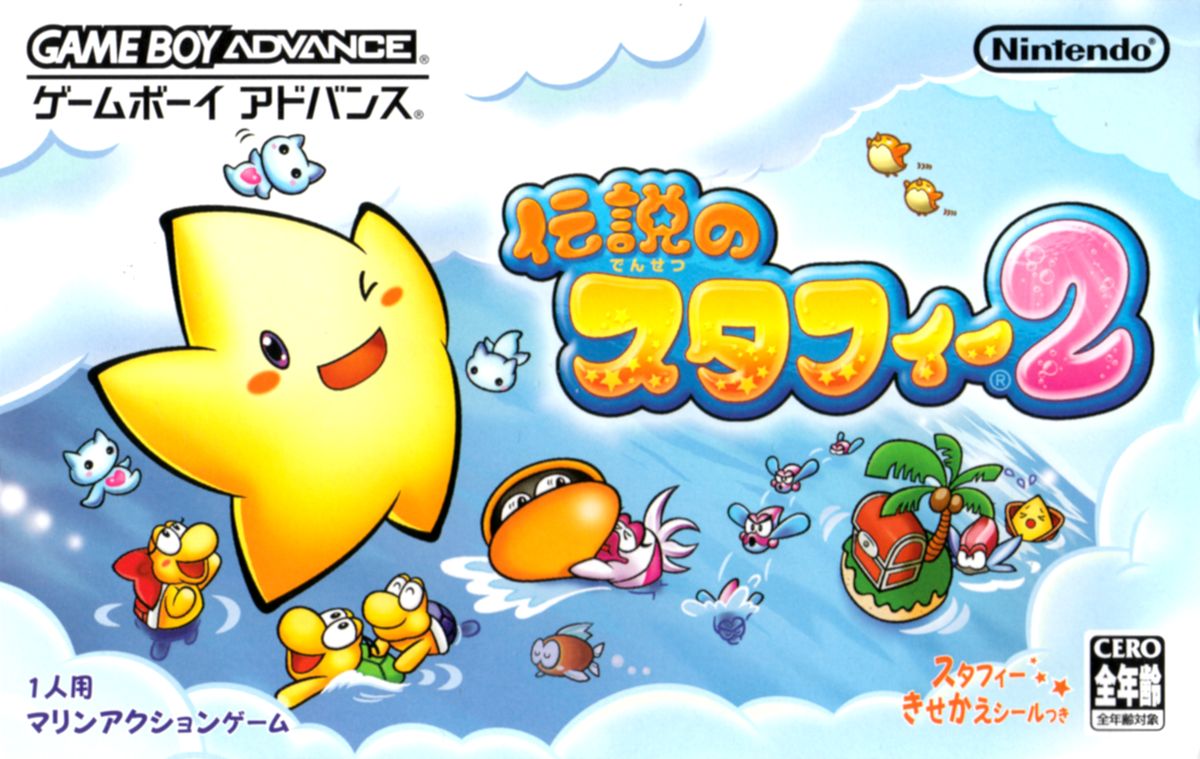
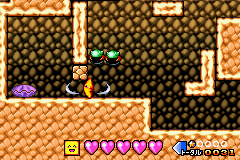
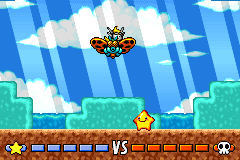
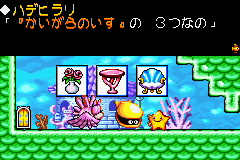
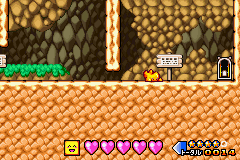
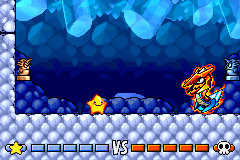



Reviews
There are no reviews yet.